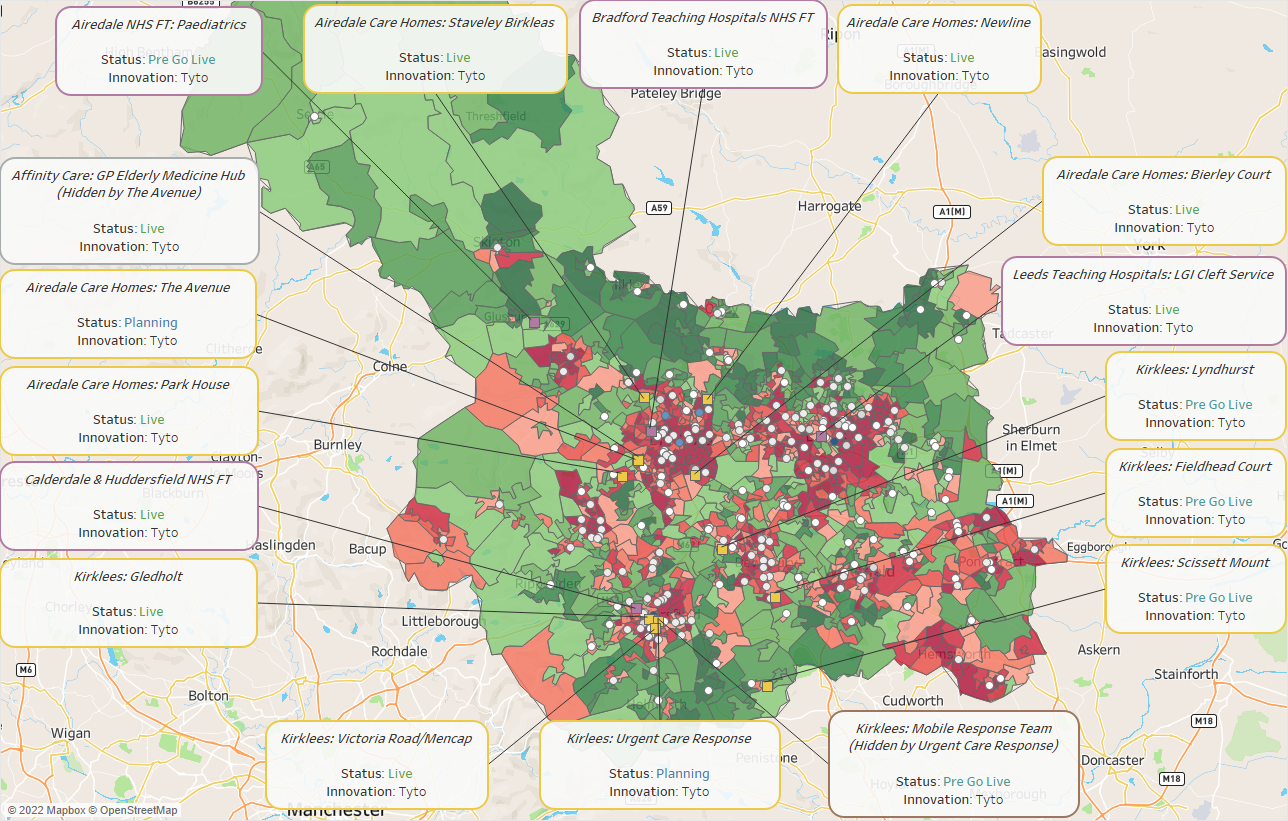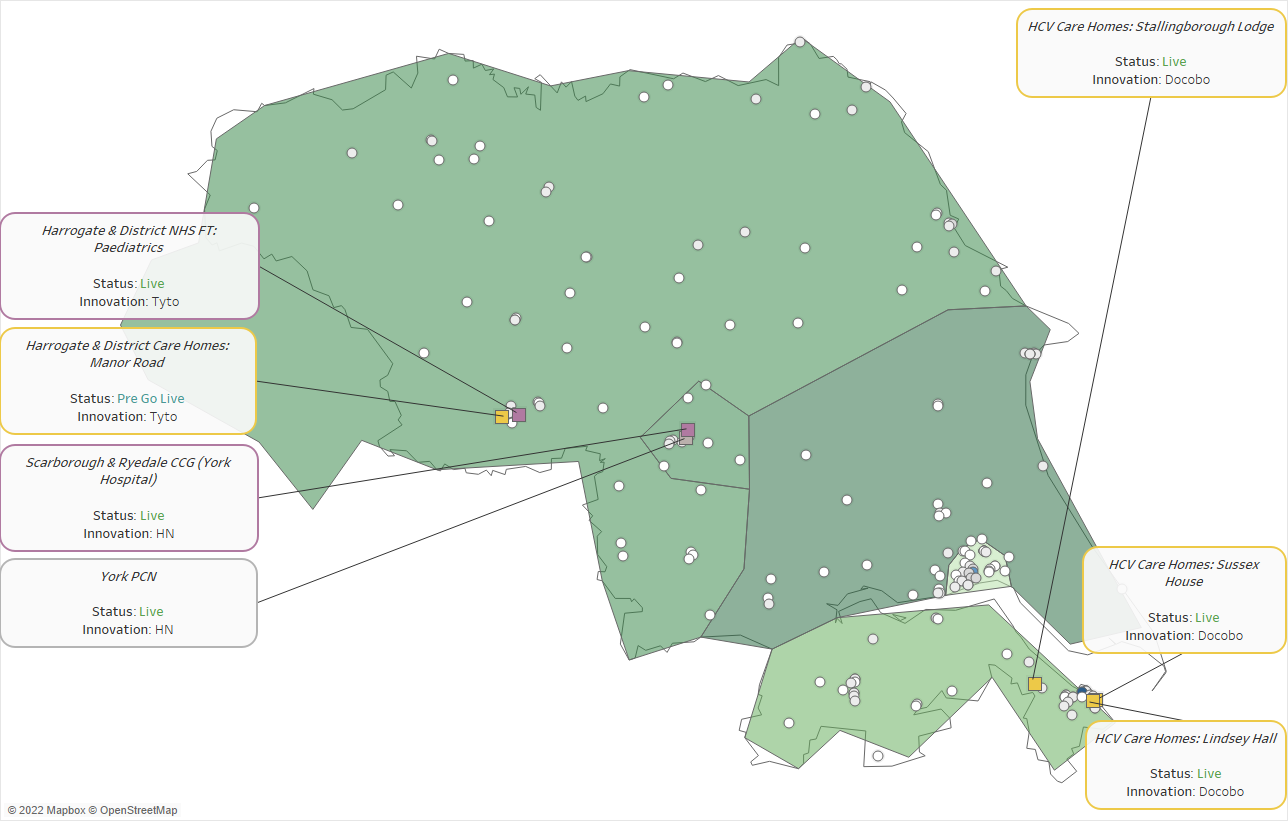
At the Transformation Unit, we have a workforce with a range of skills that are used to deliver our client’s requirements. When we recently worked with NHS England, we focused on our analytics offer. This helped us to perform a geospatial analysis to understand remote monitoring in the North East.
By using technology, we deliver care to patients in their own homes and reduce face-to-face appointments. This reduces travel time and cost, lowers the risk of transmitting infections like COVID-19 and influenza, and provides value for money solutions which can help us to reach greater numbers of patients.
NHS England commissioned the Transformation Unit (TU) to perform a geospatial analysis to help understand remote monitoring in the North East. This is a crucial aspect of the Regional Scaling Remote Monitoring (RSRM) programme. The RSRM aims to build on the digital health gains achieved during the COVID-19 pandemic and accelerate the scale of using digital innovations to transform patient care.
Our maps provided key insights into population health in the North East, including highlighting health inequalities within the region. The NHS England programme team used our data pack to inform their remote monitoring strategy.
What is geospatial mapping analysis?
Spatial data is any type of data that references a geographical area or location. We use geospatial mapping software to show this data visually, which can help users understand complex problems relating to geography. In this project, we visualised the locations of remote monitoring sites and overlayed data about the communities they are in. This allowed us to explore the relationship between remote site location and other factors such as social disadvantage.
The Challenge
The main purpose of the geospatial mapping work was to help the client understand the gaps in remote monitoring in the North East. We investigated factors such as social disadvantage, internet access and disease prevalence in our work. We wanted to understand if remote sites were near areas of high or lower social disadvantage, and what the levels of internet access was like in these areas. Understanding the prevalence of diseases within these communities was also important.
Our Approach
We agreed upfront which diseases the client wanted to include in the visualisation work. We also agreed to visualise social disadvantage and internet access, as these population health measures give greater context about the local geography.
The client provided us with the locations of the remote monitoring sites in each Integrated Care System. We translated the postcodes provided for each site into latitudes and longitudes (required to plot locations in mapping software).
We obtained disease prevalence, GP location, social disadvantage and internet access data from publicly available datasets:
- We used Public Health England Fingertips data (available at GP level) for disease prevalence for the in-scope diseases we had agreed with the client.
- We gathered GP location postcodes online before also translating these into coordinates, in order to enable us to visualise disease prevalence using our mapping software.
- We obtained social disadvantage data from the Office for National Statistics Index of Multiple Deprivation dataset.
- We obtained internet access data from the European Commission’s online data portal.
We built a dashboard in Tableau (a visual analytics platform). We plotted remote site locations onto a map of ICS boundaries. We colour coded ICS boundaries by either by social disadvantage or internet access. We also plotted GP locations onto the ICS map. We colour coded GP locations based on disease prevalence.
We imported our finalised maps into PowerPoint, adding a supporting narrative to the maps to give relevant context. Our completed data pack underwent internal quality assurance before we presented the findings to the client.
The Outcome
These maps, produced as part of our analytics offer, provided key insights into population health in the North East, including highlighting health inequalities within the region. The NHS England programme team used our data pack to inform their remote monitoring strategy.
